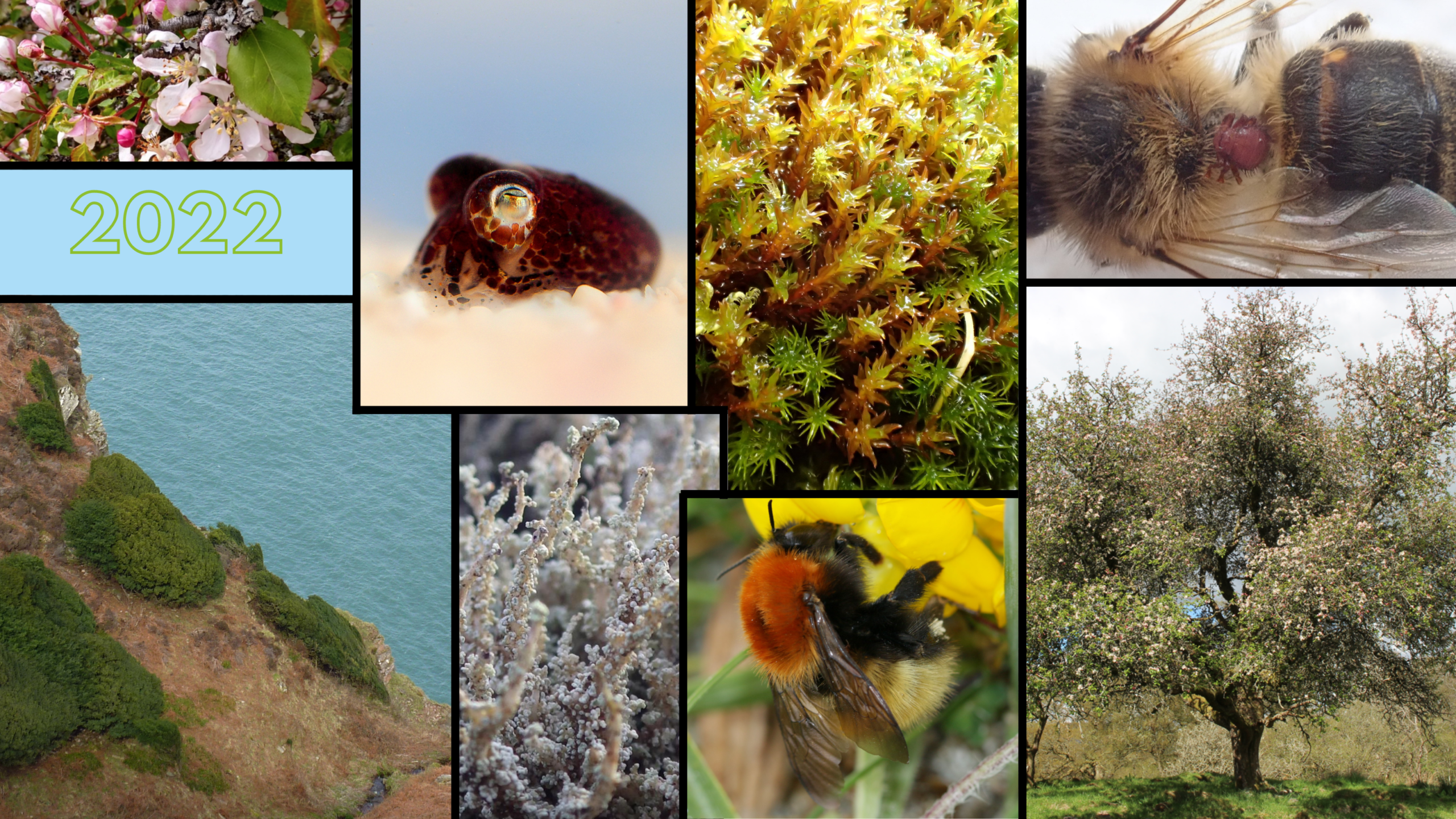
9 species our scientists are excited about sequencing in 2022
Although our scientists are still out in the field hunting for specimens in the cold winter months, the collecting season will really get into full swing when everything comes to life in spring. So, what better time for the teams at our Genome Acquisition Labs (GALs) to reflect on some of the fascinating species they’ve collected for full genome sequencing already – and why these genomes promise to push science forward in exciting ways.
Bee louse (Braula coeca): a wingless fly taking food from bees’ mouths
Liam Crowley, Wytham Genome Project – University of Oxford
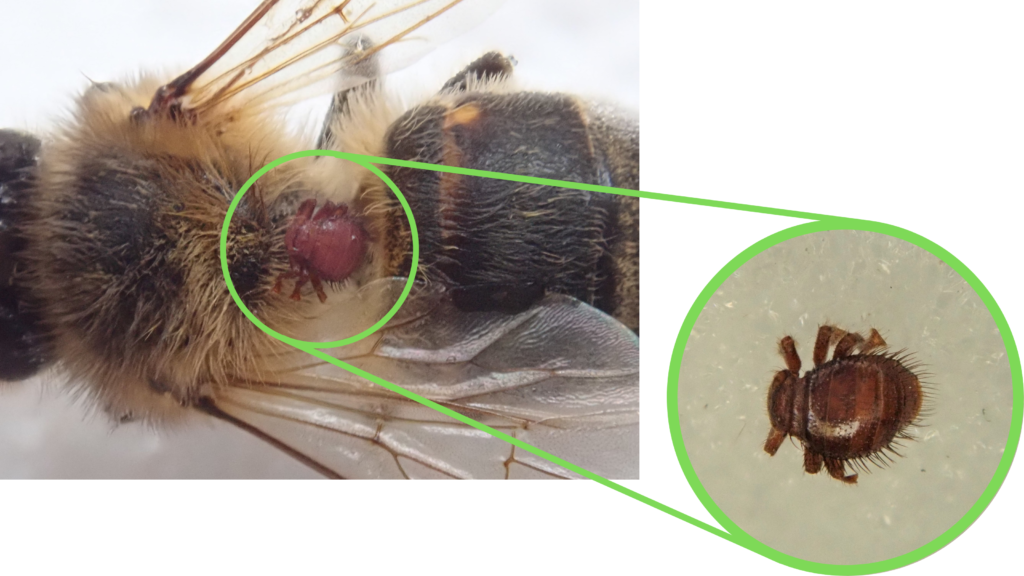
The bee louse, Braula coeca, is a small, bizarre looking insect that is found clinging onto Western honeybees (Apis mellifera). It is actually a species of wingless fly that lives as a commensal in honeybee colonies. This means that adults feed on food from the mouths of the bee hosts, especially when bees pass food between each other (a process called trophallaxis). The bee louse larvae feed on the wax comb in the hive, causing limited damage resulting in Braula coeca being occasionally categorised as a minor apicultural pest.
Formerly widespread, this species is now scarce in the UK, largely due to the increased use of pesticide treatments used to control varroa mites. It is the only species in the family Braulidae found in the UK, making it an important representative of this part of the Dipteran (fly) taxon. The highly specialised lifestyle of this species means that the genome may also provide many fascinating insights. For example, the genome can be used to explore developmental pathways associated with wing development and therefore study the evolution of secondary winglessness.
European yew (Taxus baccata): walking into history
Max Coleman, Royal Botanic Garden Edinburgh
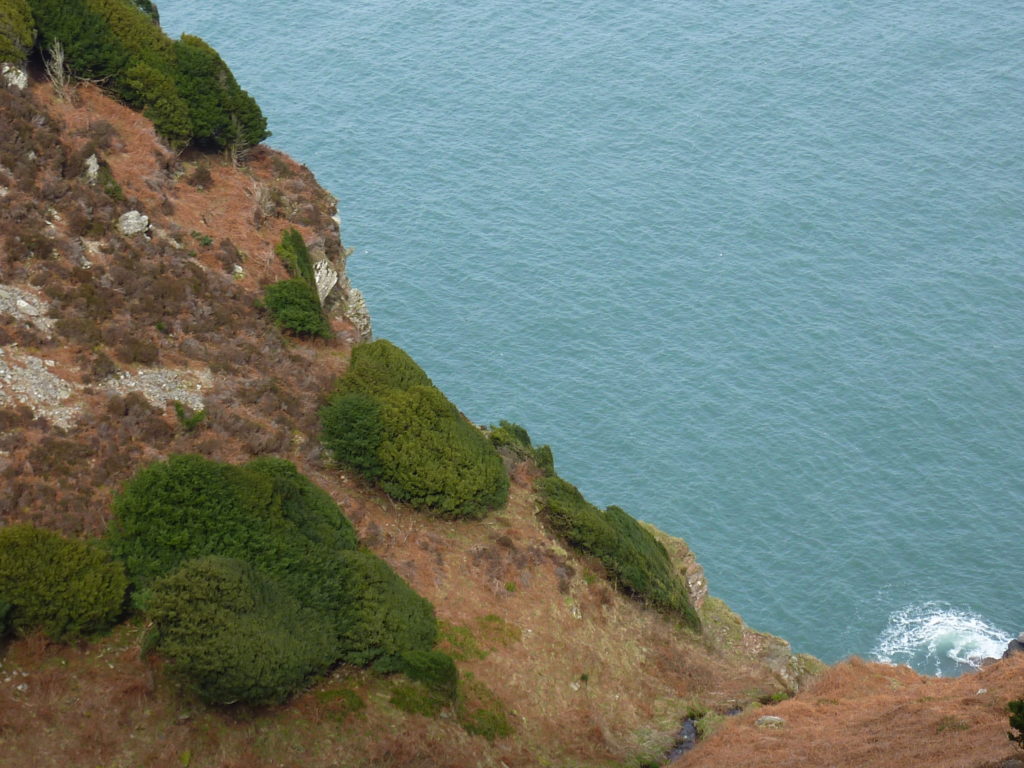
The European yew, Taxus baccata, is perhaps Britain’s most mysterious tree. Particularly ancient yews are often the subject of local legend. Yet we can only guess at their age as their oldest growth rings rot away. When evidence gives out, however, myth often takes over.
Was Pontius Pilate, the Roman official who tried Jesus, really born under the Fortingall Yew in Perthshire? Probably not. But with a 16-metre girth, that celebrated tree may indeed have been a contemporary, some 2–3,000 years old.
Yew is a symbol of resurrection, possessing remarkable powers of regeneration. Sweeping branches that touch the ground will root to form expanding patches. In the absence of disease, these ‘walking yews’ could live forever.
However, such survivors are relics of a fragmented population that has suffered from exploitation. In southern Europe and north Africa, yews are restricted to high, north-facing slopes and are at increased risk of drought and wildfires due to climate change. To conserve the species’ genetic diversity, the Royal Botanic Garden Edinburgh has planted a hedge sourced from across yew’s native range. This hedge provided the sample for genome sequencing, from a plant that originated on the North Devon coast.
Metschnikowia zobellii : unlocking the secrets of marine fungi
Michael Cunliffe, Marine Biological Association
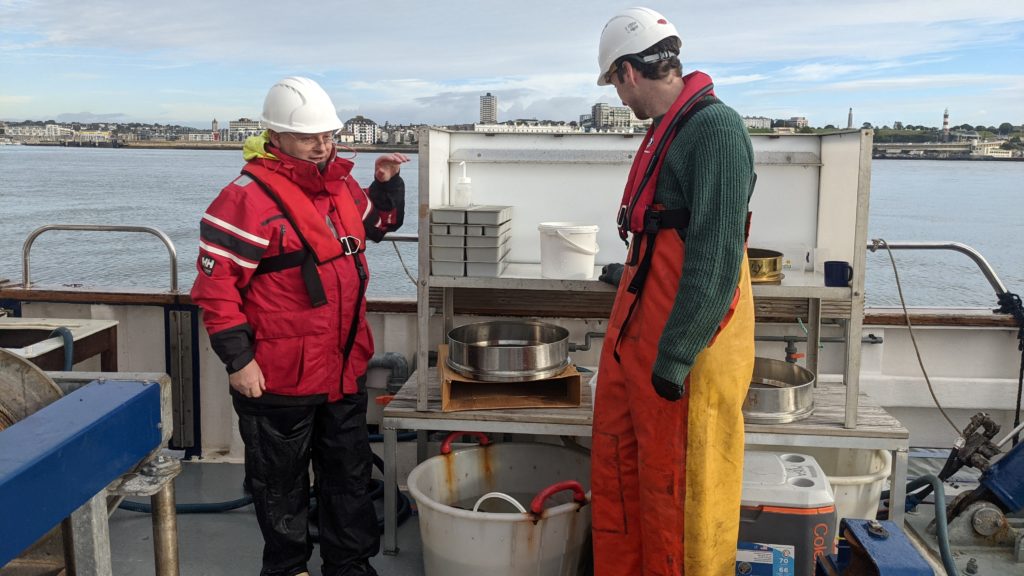
Metschnikowia zobellii is a marine yeast (unicellular fungus) that MBA’s DToL team isolated from the coastal waters off Plymouth. Here Metschnikowia are important components of plankton communities, reoccurring year on year.
Marine fungi in general are under-studied. We know very little about their biology and ecology. The DToL Metschnikowia zobellii genome is one of the first marine fungal genomes available to the scientific community and will provide new insights and opportunities for marine fungal research.
An interesting aspect of Metschnikowia biology is that they produce barbed elongated spores. Metschnikowia spores are consumed by grazing invertebrates which, when inside the host, penetrate the gut wall and then the yeast multiply until the host dies. Metschnikowia infect tiny crustaceans called copepods, the impact of which is not yet known. However, Metschnikowia infection could be important because copepods are vital organisms in marine ecosystems.
Other very closely related Metschnikowia species are found in freshwater and terrestrial ecosystems including parasites of non-marine invertebrates such as water fleas and beetles. Studying the DToL M. zobellii genome alongside other non-marine Metschnikowia genomes will help understand the adaptations and evolution of marine fungi.
Moss-carder bee (Bombus muscorum): a mysterious decline
Natural History Museum, London
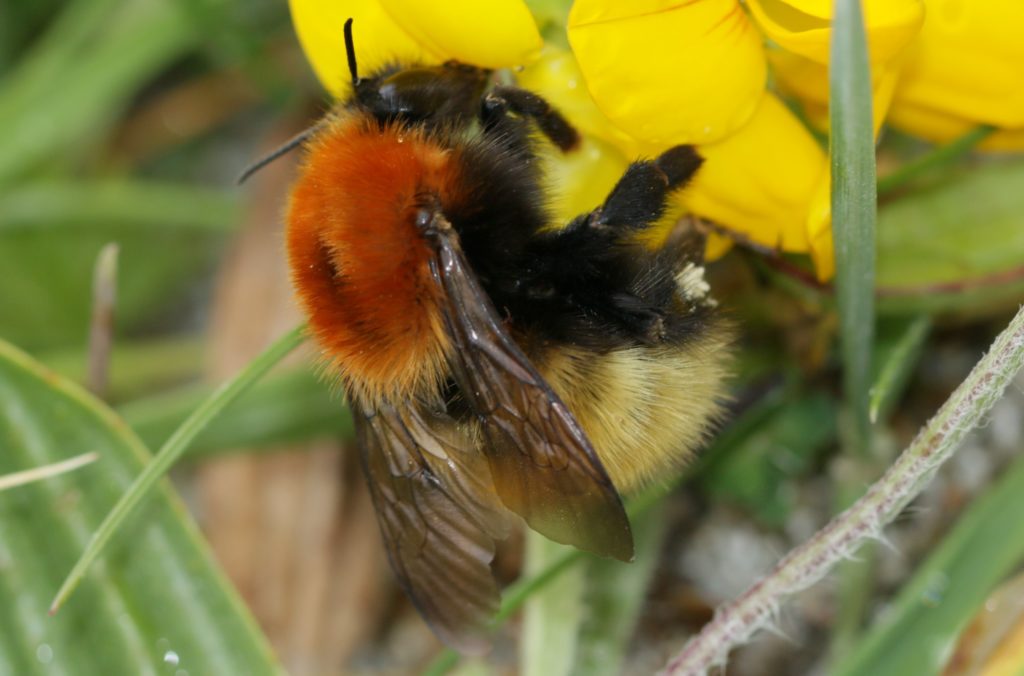
A specialist of flower-rich grasslands, Bombus muscorum is rather scarce and localised in southern England, found only in a small number of coastal areas with marsh or chalk grassland habitats. Head to the north and west of Scotland, however, and these gingery bumblebees can be rather common on clover and other flowers.
Currently, scientists believe that the species has been declining since the 1970s in the UK, although the reasons for this remain unclear. Specimens from Shetland, collected in the summer of 2021, should produce a genome which will help researchers understand how much diversity this species is losing, as it declines in numbers.
Stereocaulon: looking into lichen symbiosis
Becky Yahr, Royal Botanic Garden Edinburgh
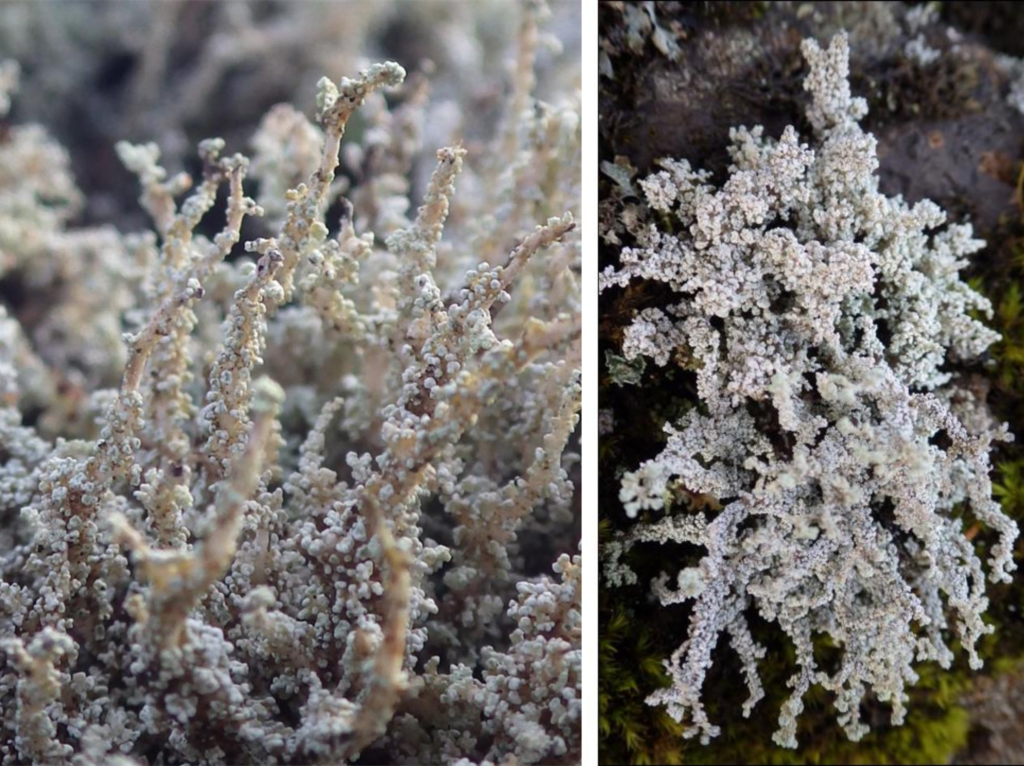
Symbioses (the long-term relationships between two unrelated organisms) are a fundamental part of species interactions and evolution, and the forces shaping the associations in most symbioses are still unknown. Despite an active international effort to sequence fungal genomes, relatively few lichens have been the focus of these efforts.
Stereocaulon represents one of the few three-partnered lichen symbioses among the Lecanoromycetes, one of the most diverse lineages of fungi. A typical Stereocaulon may be several centimetres in size – helping with ensuring enough material is available for sequencing using standard methods – and will usually contain both green algae as carbon fixers and cyanobacterial nitrogen-fixing symbionts.
Around 15 species of Stereocaulon are extant in the UK, and the commonest species in the UK, S. vesuvianum, is found from sea-level to the tops of mountains across a huge range of ecological settings. The symbiosis is ecologically flexible, as this species is known to respond to ecological changes, for example by jettisoning cyanobacterial partners in high-nitrogen situations.
The Stereocaulon samples collected for the project come from the north face of Ben Nevis, one of the most severe environments in the UK, with both incredibly high rainfall – usually a factor in quickly leaching organic nitrogen from ecosystems – and relatively unpolluted air, probably explaining the abundance of nitrogen fixing nodules in the sampled material.
A reference genome for this species will allow scientists to study the factors shaping the symbiosis, and importantly will motivate the development of a further model system to compare with the only other current lichen model system, Lobaria pulmonaria, one of the few lichens with several draft genomes and a well-characterised symbiont pool.
European crab apple (Malus sylvestris): our native wild apple, at risk from domestic varieties
Markus Ruhsam, Royal Botanic Garden Edinburgh
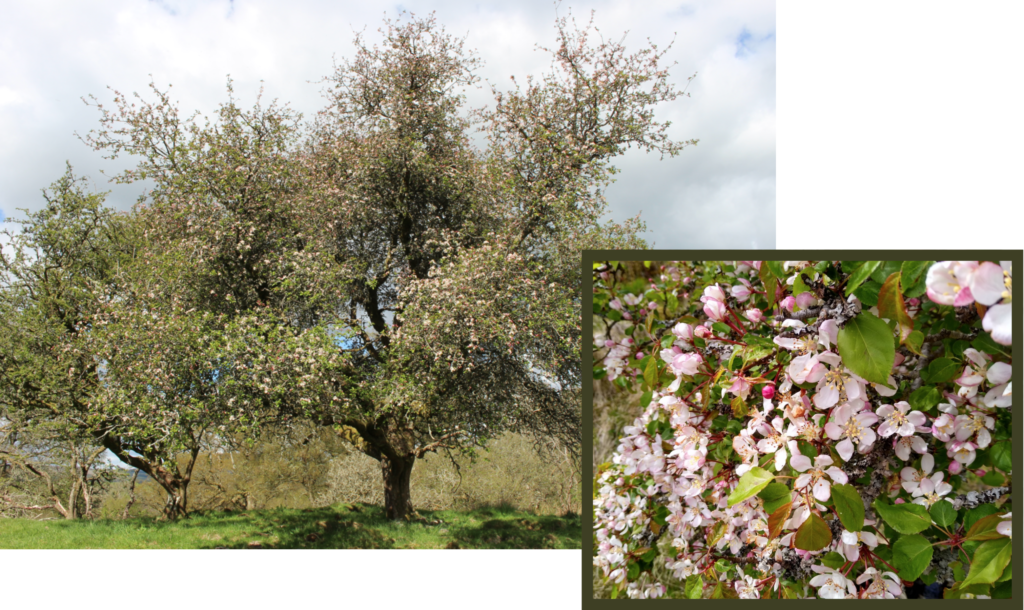
Malus sylvestris (European wild or crab apple) is native across Europe and reaches its north-western distribution limit in Scotland and Norway. It is probably the UK’s least understood and most under-appreciated tree as even foresters sometimes do not seem to be aware of its native status.
However, without the European wild apple you would not be able to buy your Cox Orange in the supermarket. It is one of the main contributors to the domesticated apple M. domestica whose progenitor M. sieversii is native to Central Asia. Travelling along the silk road to Europe, M. sieversii hybridised with the Caucasian apple M. orientalis and at the end of its journey with the European wild apple M. sylvestris. This created the large variety of sweet apples we all love so much.
But it is exactly this sweetness which might be the wild apple’s downfall. The widely planted varieties of M. domestica keep on hybridising with our M. sylvestris trees causing concern that the genetic integrity of the wild apple might be eroded in the long run.
Stigmatogaster souletina: an Iberian centipede found in one Cornish town
Natural History Museum, London

Stigmatogaster souletina is the British centipede with the most leg-bearing segments (up to 101 in females) and one of our most narrow-ranged naturalised species. In the UK it is known only from four sites, all in or near Penryn in Cornwall. Outside of the UK its distribution is in the Pyrenees (in both France and Spain) and mountains in central Spain and northern Portugal.
The first Cornish record, a collection from 1960 published in 1962, was in mixed wood with rhododendrons planted in the 19th century; it has subsequently been found in gardens as well as in ancient woodland. DToL specimens were collected in mixed deciduous woodland at Devichoys Wood, where the species was first found in 1998. After summer rain specimens are abundant, demonstrating that 50 years after its discovery in Cornwall, populations are well established.
Originally described as a new subspecies, S. souletina in the UK is now regarded as identical to the Franco-Iberian form, so it is regarded as introduced but naturalised in Cornwall, where the mild climate is favourable to more southerly European species.
Scottish beardmoss (Bryoerythrophyllum caledonicum): regenerating from broken fragments
David Bell, Royal Botanic Garden Edinburgh
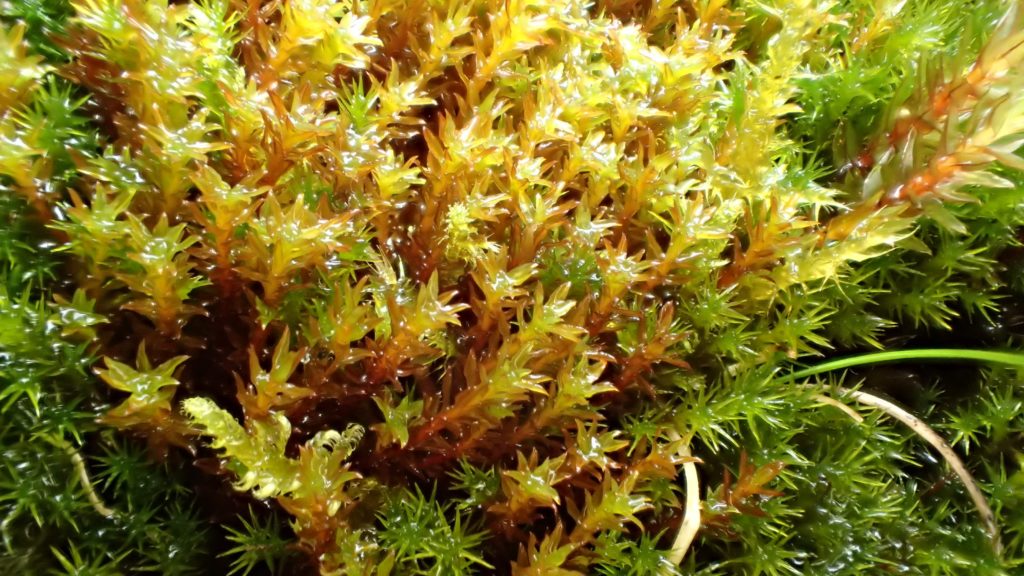
Bryoerythrophyllum caledonicum (Scottish Beardmoss) is a diminutive but handsome moss species endemic to Scotland. Although specimens were first collected towards the end of the 19th century, it wasn’t until 1982 that B. caledonicum was recognised as a distinct species.
It is known from several sites in the Scottish Highlands, particularly in the Breadalbane Mountains where it grows on flushed calcareous mica schist rocks. It can also be found in similar habitats on the Nevis Range, and on basalt crags on the Isle of Skye and Rum.
These soft rocks represent a relatively unstable habitat for the small tufts or scattered stems of the moss, and can result in individual stands being fairly transient. B. caledonicum is not known to sexually reproduce or to produce specialised vegetative propagules to maintain populations (for example buds or spores seen in other plants). Instead the brittle stems of the plants are its sole means of regeneration, with new plants growing from the broken fragments.
Sepiola tridens: a new bobtail squid, discovered using genomics
Kesella Scott-Somme, Marine Biological Association
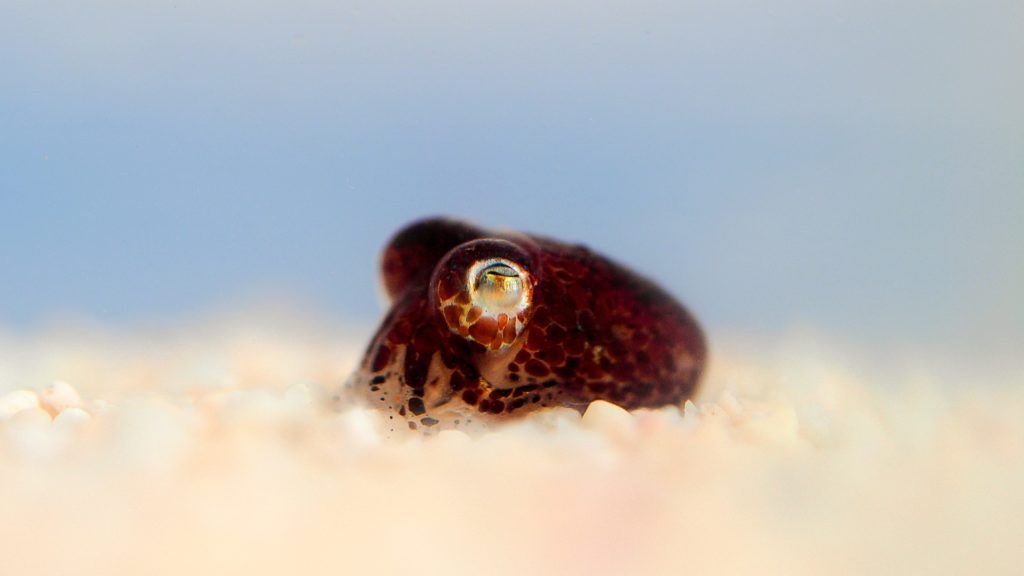
The Marine Biological Association has a long history of working with cephalopods. In 1963 Alan Hodgkin and Andrew Huxley of the MBA were awarded a nobel prize for their innovative work on the axions of the long finned squid (Loligo forbesi). Other researchers have followed in their footsteps, utilising the salt-water aquarium and other state of the art resources to research the wonderful world of cephalopods. Today PhD candidate Chris Drerup, from the University of Cambridge, is researching the remarkable ability of Sepia officionalis (the common cuttlefish) to change its colour and texture to provide camouflage in a complex and ever changing marine environment.
The DToL team have been continuing this work into cephalopods, collecting different groups for sequencing. Alongside Sepia officionalis, the team has also processed Sepiola tridens, which is a species of bobtail squid only recently discovered in 2010. The team originally identified it as Sepiola atlantica (Sepiola tridens was not included in the identification guides) and in fact until a recent molecular phylogeny study they were thought to be the same species. This demonstrates the importance of sequencing genomes, it can find answers that were not being searched for and recognise whole new species.
